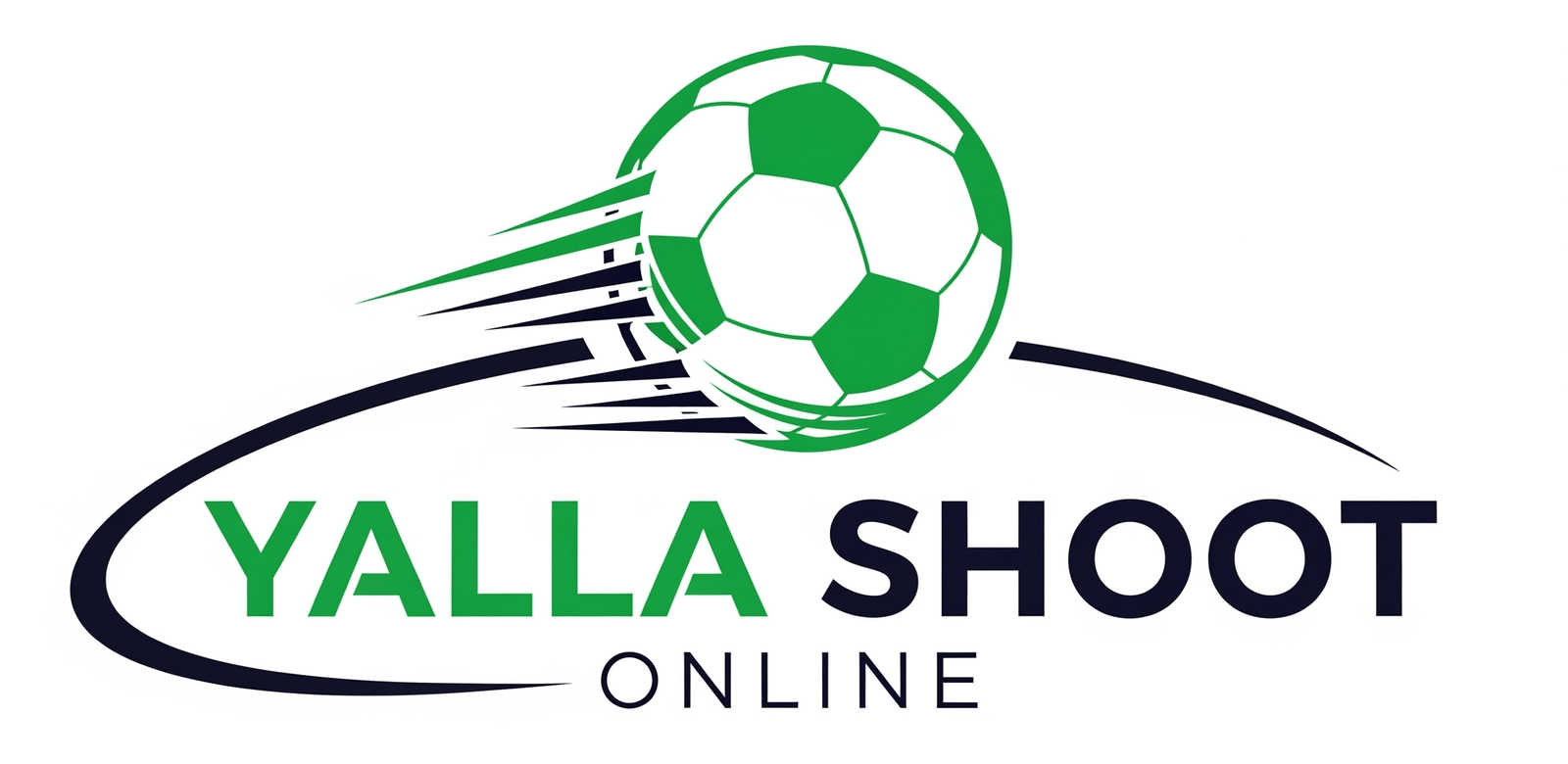Netflix’s Move into Live Sports has left fans and analysts asking the same question — what will this mean for the future of broadcasting rights. Could your favorite league’s deals shift away from TV networks and toward streaming giants. And most importantly, how might this change the way you experience live games
For years Netflix reigned supreme in on-demand entertainment, but live events remained untouched. That changed with The Netflix Cup, a bold experiment mixing golf and Formula 1. It signaled Netflix’s intention to compete directly in the sports market.
This step raises debates for leagues, broadcasters, and fans. Will Netflix provide broader access, or will it complicate the already competitive streaming wars. To find answers, we must explore Netflix’s strategy, the broadcasting landscape, and what this shift means for audiences worldwide.

The Evolution of Netflix and Its Expansion Strategy
1.From DVDs to Streaming Leadership
Netflix began as a DVD-by-mail service in the late 1990s before transforming into a streaming pioneer. By the 2010s it had become a global leader, known for changing how audiences consume series and films.
2.Why Sports Became the Next Frontier
Despite its dominance, Netflix lacked real-time engagement. Unlike movies or shows, sports thrive on live action. Rivals like Amazon and Apple had already secured deals, making Netflix’s entry into sports inevitable.
Netflix Live Sports Strategy
1.The Netflix Cup – A Bold Start
In 2023, Netflix introduced The Netflix Cup, combining entertainment with live sport. It was not only a showcase event but also a technical trial to test Netflix’s ability to handle live broadcasting at scale.
2.The Blend of Storytelling and Sport
Netflix’s advantage lies in storytelling. Documentaries like Drive to Survive and Full Swing already build anticipation for live events. Adding streaming rights would allow Netflix to merge on-demand content with live coverage.
The Changing Face of Broadcasting
Traditional Rights Under Pressure
For decades, broadcasters paid billions for exclusive deals. But with TV subscriptions dropping, their dominance is fading. Streaming platforms reach global audiences instantly, making them attractive to leagues.
The Streaming Wars Intensify
With Netflix joining Amazon, Apple, and Disney, competition for sports rights is heating up. This increases the value of leagues but risks fragmenting the viewing experience.
Platforms like live football streaming already highlight how fans increasingly turn to digital services, setting the stage for Netflix’s entry.
Impact on Fans and Leagues
- Greater Global Reach
For leagues, Netflix offers unmatched reach. A Premier League game streamed globally could attract audiences in regions with limited TV access.
- Rising Costs for Fans
The downside is subscription fatigue. Fans may need several services — Amazon for one league, Netflix for another, ESPN+ for a third. While choice expands, costs rise too.
Some providers already address this with streaming discounts, proving that pricing strategies will be critical if Netflix joins the competition.
Challenges Facing Netflix
Technology and Latency
Live sports demand top infrastructure. Any buffering or technical glitches during crucial moments could damage Netflix’s credibility.
Massive Rights Costs
Premier rights often cost billions. Netflix must decide how much it can realistically invest without undermining its subscription-driven model.
Local Fan Engagement
Sports are regional by nature. To succeed, Netflix must provide tailored commentary and culturally relevant content for diverse fan bases.
Comparison Table: Netflix vs Traditional Broadcasters
| Feature | Traditional TV | Netflix Sports Model |
|---|---|---|
| Delivery | Cable/Satellite | Streaming (OTT) |
| Accessibility | Regional only | Global reach |
| Engagement | Passive viewing | Interactive + linked with docs |
| Cost Structure | Bundled packages | Separate subscriptions |
| Flexibility | Fixed schedules | On-demand + live |
The Road Ahead
Emerging Opportunities
Markets in Asia, Africa, and the Middle East present enormous growth potential. Football in particular could be the perfect entry point.
Collaborative Approaches
Rather than bidding alone, Netflix might partner with broadcasters or focus on select leagues that fit its content style.
Long-Term Outlook
Netflix doesn’t need to dominate all sports. By focusing on events that align with its storytelling, it can create a distinctive niche.

Frequently Asked Questions
Q1: Why is Netflix moving into live sports now?
Because sports offer live engagement, a gap that Netflix needed to fill to compete with Amazon and Apple.
Q2: What is The Netflix Cup?
It was the platform’s first live event combining golf and Formula 1 drivers, designed as both entertainment and a streaming trial.
Q3: How will this affect broadcasters?
Traditional broadcasters could lose exclusive rights and revenue streams if Netflix secures major sports.
Q4: Could Netflix stream the Premier League or NBA?
Possibly — experts believe Netflix will start small, but larger leagues could follow.
Q5: What’s the biggest challenge Netflix faces in sports?
Balancing massive rights costs with sustainable subscription growth while ensuring flawless streaming quality.
Conclusion
Netflix’s Move into Live Sports represents a seismic shift in how audiences will experience global leagues. From The Netflix Cup to possible Premier League deals, Netflix is positioning itself as a competitor in the sports broadcasting landscape. For leagues, it means global exposure. For fans, it means more choice but possibly higher costs.
Still, tradition matters. Events like testimonial matches remind us that football culture thrives on history and legacy. Netflix’s challenge will be to honor that heritage while offering something fresh in the digital age.








